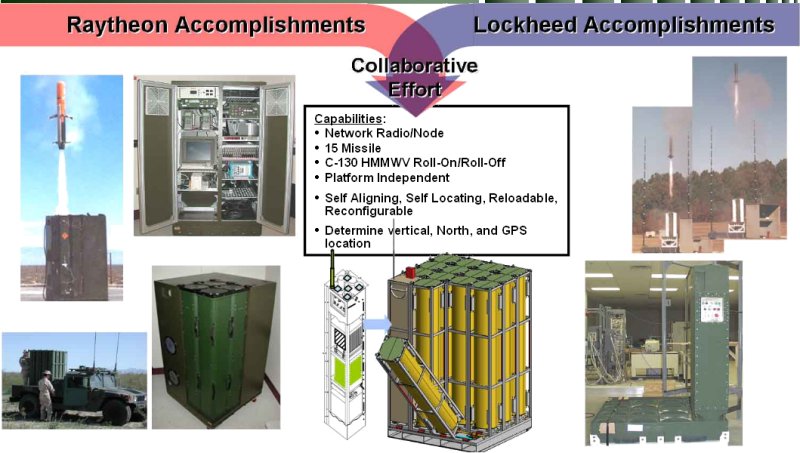These days the trend is towards lighter and more airmobile artillery (such as the French Caesar 155mm/52cal. SP gun), and away from the traditional heavy SP guns. That, of course, means lighter armor or no armor, making them nearly as vulnerable as towed artillery. The primary defense for artillery batteries has always been 'shoot and scoot'; remain undetected, fire a quick barrage, then change location before enemy counterbattery fire can destroy you.
The problem is that the threat to artillery batteries is evolving quickly. The reaction time for counter-battery fire is reduced. Counterbattery RADARs can see rising shells and calculate the origin point and pass targeting info to the counter-battery fire unit before the first shells even impact. Also, with the advent of drones and other technological advances in recon and surveillance technology, artillery units are much more likely to be discovered and attacked while in transit or setting up. And enemy airpower is always going to go after artillery batteries as targets of opportunity if it happens across them. In addition, smart weapons used for counterbattery fire (like, say, NLOS) can find and destroy mobile artillery in transit after it has left its recent firing position. And with the increased use of specops teams, artillery units could be a juicy soft target for enemy raiders. The threat to artillery batteries is definitely increasing.
This is obviously going to force a change in defensive tactics and equipment. The possibilities I see are:
- Low observables. The enemy has to find your artillery batteries to destroy them. If mobile artillery can be invisible until they shoot, that would greatly increase their chances of survival on a conventional battlefield. Low IR and RADAR signatures, camouflage, and even lower noise emissions will be required. This can be done both in SP gun vehicle design and improved camo netting. Also, frequency-hopping comms make RDF efforts more difficult.
- Air defense. I think all artillery batteries have at least some organic air defense assigned to them, even if it is just shoulder-fired SAMs. But with drones, stealthy attack aircraft and helos and smart missiles with loiter capability appearing on the battlefield, much more robust air defenses will be a must.
- Counter-counterbattery defense. Since Iron Dome has appeared, the ability to shoot down incoming enemy shells has become a reality. As this technology inevitably becomes cheaper, smaller and lighter, it will likely become an integrated part of the defenses of artillery units.
- Counter-surveillance. The enemy locates batteries using counterbattery RADARs. Giving artillery units an organic capability to jam enemy counterbattery RADAR would be quite useful. Also, since artillery units already operate drones to spot targets, it may be possible to arm some of those drones with anti-radiation missiles to attack enemy defensive and/or counterbattery RADARs the moment they begin emitting. They could even carry jamming pods to jam counterbattery RADARs and comms.
- Increased mobility. The trend towards lighter, cheaper truck-based SP artillery has the unfortunate effect of decreasing the mobility of SP artillery, especially in very heavy terrain. Where there a only a few roads through extreme terrain, wheeled artillery will be far easier for the enemy to find. This also obviously limits where SP artillery can be deployed. The enemy can also cut the few critical roads fairly easily, especially if there are a lot of vital bridges on those roads. Units that can traverse rougher terrain faster will have increased survivability and areas of operation. This does not automatically mean switching back to conventional heavy tracked SP guns. I suspect that other unconventional, cheaper and lighter solutions will appear.
- More sophisticated projectiles. We already have smart projectiles for artillery, but their capabilities are aimed at precision targeting. Imagine if you could fire shells off at an angle away from the target in a position masked by high terrain between you and enemy. The shell immediately changes course to head towards the target, which gives a curved trajectory that, once the shell appears on enemy counterbattery RADAR cannot be ballistically tracked back to the point of origin. And there is no reason we cannot eventually have low observables projectiles with a sabot to protect their anti-RADAR coating from barrel rifling. This kind of technology could make 'shoot and scoot' unnecessary in at least some cases.
- Increased security. Because of the threat of enemy specops teams, I expect to see more organic ground security in the org table of artillery units going forward. Some commandos with just light ATGMs and mortars would wreak havoc on an artillery emplacement. Even a civilian spy with a cellphone sneaking through the woods is a deadly threat. Countering that requires a strong defense perimeter, good local surveillance and aggressive patrolling. That means more resources and troops. Small security drones, terrain sensors and smart mines beingdeployed around the artillery emplacement,and even armed robot sentries may start being a standard part of an artillery unit.
I find the idea of future defensive measures for artillery to be fascinating. In our recent wars, artillerymen have mostly had the luxury of operating in relatively secure areas with little fear of being attacked, except by the occasional not-too-accurate rocket or mortar round. That may well not be the case next time. These are just some ideas I threw out to stimulate discussion of that. I will be interested to hear what experienced 'cannon cockers' have to say, along with everybody else who wishes to comment.
=======================================================
=======================================================
This is not my works but another member Ought Six at Mp.net, Its a very interesting though out observation i had similar but lost in time track

, Though I wish to know what our DFI members think about this ..
@Ray sir,
@W.G.Ewald,
@ersakthivel,
@arnabmit ,
@Keshav Murali,
@AVERAGE INDIAN,
@Patriot,
@SilentKiller ,
@cobra commando ,
@pmaitra ,
@WMD ,
@Neil,
@civfanatic ,
@ladder,
@asianobserve,
@bengalraider,
@captonjohn ,
@Damian,
@militarysta
And all others, This is a very interesting subject..
@shuvo@y2k10,
@sayareakd Sir.. ,
@DivineHeretic

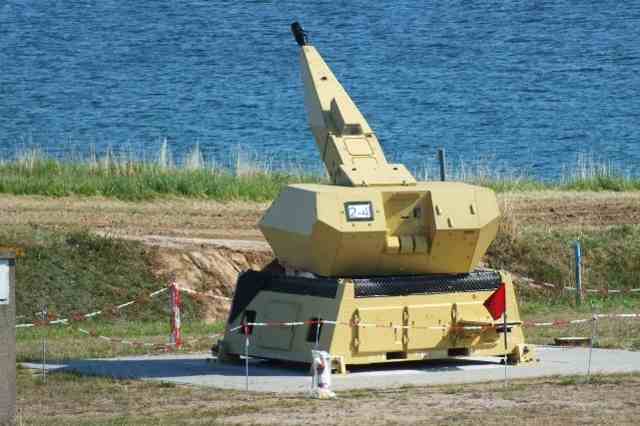





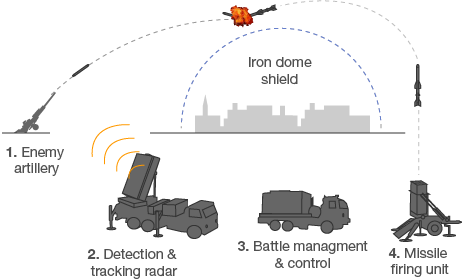
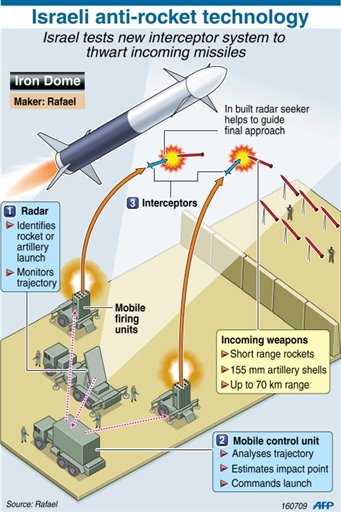




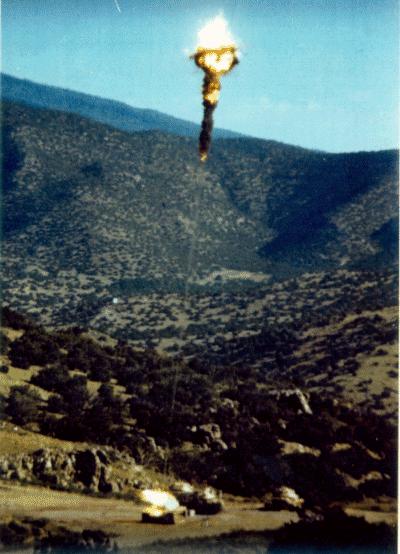
 :shocked:
:shocked: